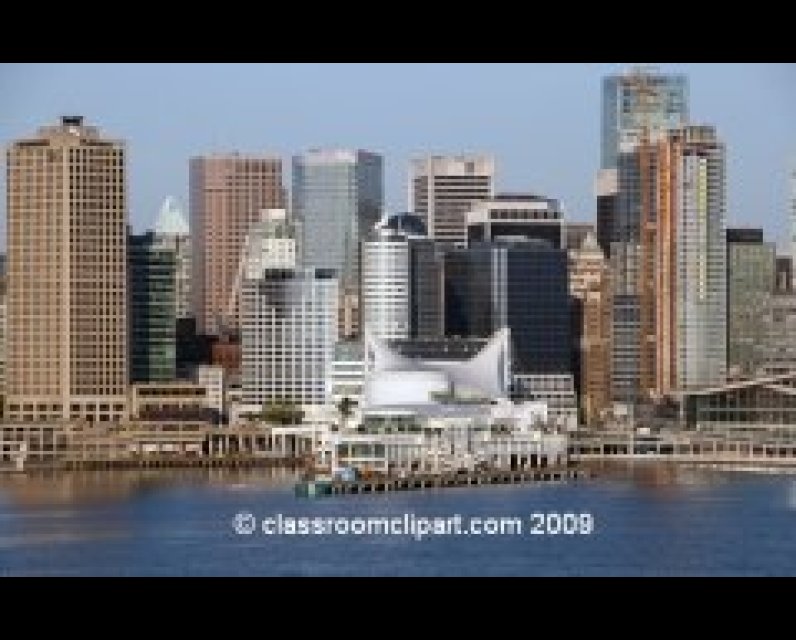When war clouds followed the Great Depression, the revenue-starved Canadian government began purchasing trucks, planes and tanks and also hired over one million Canadian military personnel. After the Great Financial Crisis of 2008 when private credits markets froze, the Canadian government nevertheless stepped up and offered troubled banks and corporations up to $200 billion in loans. In both cases, the Canadian government made use of its wholly-owned Bank of Canada which "has the power and operational ability to create Canadian-dollar liquidity in unlimited amounts at any time".
Instead of questioning how our currency-issuing government will "pay the tab", the real query should be: "With inflation subdued and so many issues needing solutions - such as inequality, climate change, and over one million unemployed - why isn't the government spending more to mobilize unused resources that could improve the lives of Canadians?
Footnotes:
1. False Choice or Real Possibilities, J.D. ALT
Between 1940 and 1944 (a time period of only 48 months!) something so extraordinary took place it defies the imagination. The U.S. federal government spent (in 2011 dollars) 4.1 trillion dollars to build the largest and most advanced military machine in world history, employing over nine million previously unemployed citizens in the process. Where did those 4.1 trillion dollars come from to pay all those ship-builders, air-plane fabricators, armament factory workers, welders, pipe-fitters, steel-makers, aluminum smelters, fuel refiners, electricians, scientists, engineers, soldiers, sailors and airmen?
***
There is only one possible answer: The federal government must have issued the necessary dollars by fiat, out of thin air. In other words, the money was “printed.” Before you gasp.... consider that... this is how all sovereign currency (our money) gets created. It cannot, by law, be created in any other way. (This fact, and why it works, is explained in my book The Millennials’ Money.)
2. Improving Access to Financing and Strengthening Canada’s Financial System
"To soften the impact of the crisis, the first phase of Canada’s Economic Action Plan included measures to provide up to $200 billion to support lending to Canadian households and businesses through the Extraordinary Financing Framework.
3. How the Bank of Canada Creates Money for the Federal Government: Operational and Legal Aspects
"By recording new and equal amounts on the asset and liability sides of its balance sheet, the Bank of Canada creates money through a few keystrokes. The federal government can spend the newly created bank deposits in the Canadian economy if it wishes."
***
".....there is no external limit to the total amount of money that the Bank of Canada may create for the federal government."
***
"The Bank of Canada's money creation for the Government of Canada is an internal government process. This means that external factors, such as financial markets dysfunction, cannot cause the federal government to run out of money."
4. Vol. 149, No. 19 — May 9, 2015, GOVERNMENT NOTICES, BANK OF CANADA, FINANCIAL STATEMENTS (YEAR ENDED 31 DECEMBER 2014)
"As the nation’s central bank, the Bank is the ultimate source of liquid funds to the Canadian financial system and has the power and operational ability to create Canadian-dollar liquidity in unlimited amounts at any time. "
__________________________________________
Modern Monetary Theory in Canada




Comments
Be the first to comment